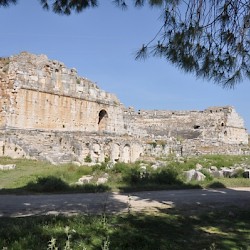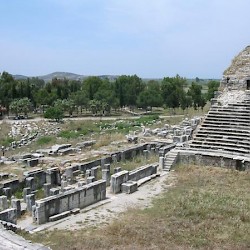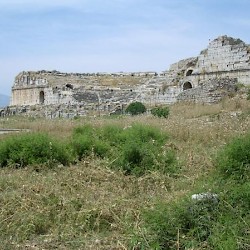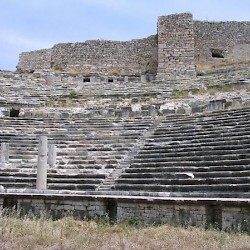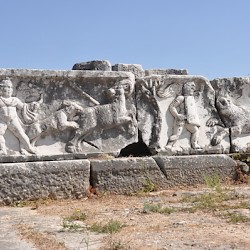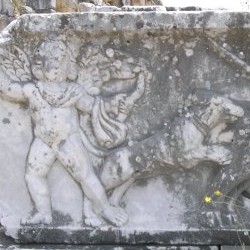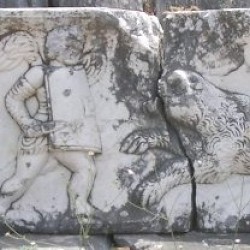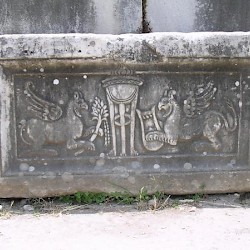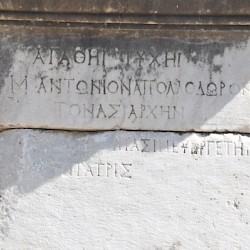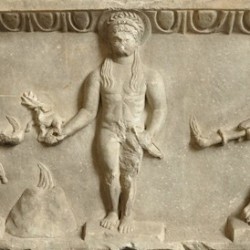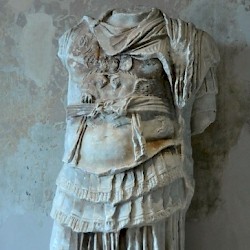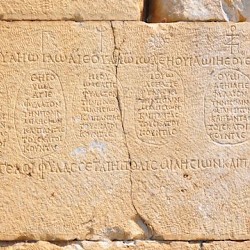Monuments of Miletus
Q169460Miletus: (Μίλητος): one of the main Greek cities in Ionia.
North Agora
Today, the North Agora of Miletus, is a large wetland, only accessible during the summer. There are several monuments, like a small portico in Ionic style, built by a former Roman procurator of Asia named Tiberius Claudius Sophanus in c.50 CE. Not far from here are the baths of a man named Vergilius Capito, which are about as old as the portico. The well-preserved market gate can now be seen in Berlin's Pergamon Museum.
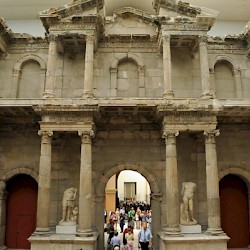 Miletus, North Agora, Market Gate |
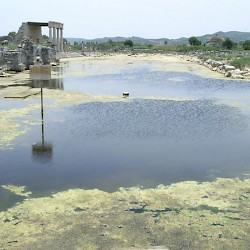 Miletus, North Agora, seen from the north |
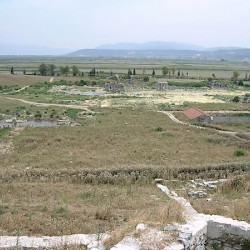 Miletus, North Agora, seen from Theater Hill |
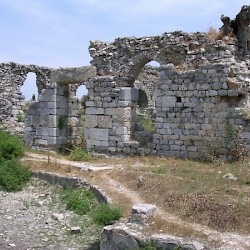 Miletus, North Agora, Baths of Capito |
Harbor Area
It is hard to imagine that Miletus once had a large natural harbor, because the river Meander has deposited much sand in this area, making the coastline recede for some eight kilometers. Among the remains in the harbor district is a Roman naval monument, possibly dedicated by Octavian to commemorate the naval battle off Actium (31 BCE), where he defeated Cleopatra VII Philopator of Egypt and Mark Antony. It was ornamented with tritons and the prows of warships. It is possible, however, that the monument is a generation older, and honored Pompey the Great, who had defeated the Cilician pirates.
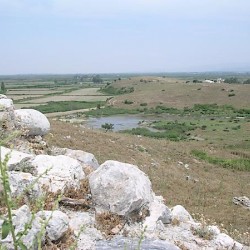 Miletus, Harbor district, seen from Theater Hill |
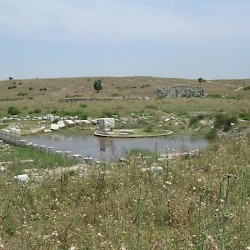 Miletus, Harbor district, Roman naval monument |
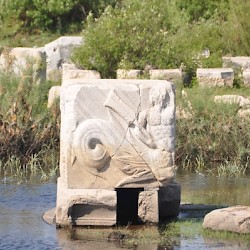 Miletus, Harbor district, Roman naval monument, Relief |
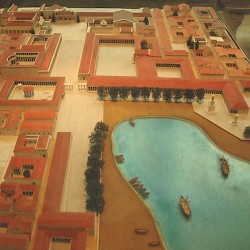 Miletus, Harbor district, Model |
Baths of Faustina
The Baths of Faustina were dedicated to the wife of the Roman emperor Marcus Aurelius (r.161-180). These baths must have been finished before 176, the year of Faustina's death.
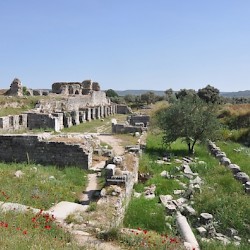 Miletus, Baths of Faustina, general view |
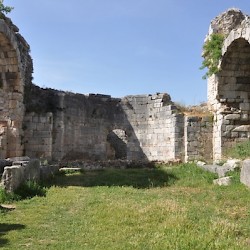 Miletus, Baths of Faustina, caldarium |
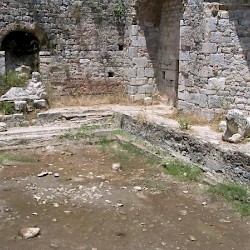 Miletus, Baths of Faustina, pool |
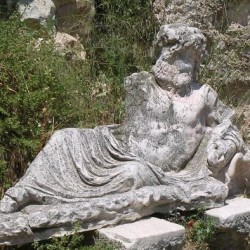 Miletus, Baths of Faustina, statue of river god Meander |
Theater
The Graeco-Roman theater of Miletus was built in the fourth century BCE, but rebuilt by the Romans, who tripled its size. From now on, 15,000 people could see a tragedy, comedy, or a gladiatorial contest. On top of it are the remains of a fort from the Byzantine age.
Museum pieces
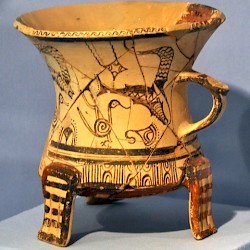 Miletus, Sub-Mycenaean pottery |
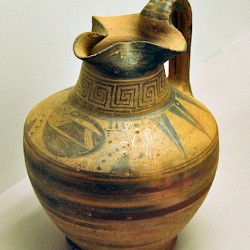 Miletus, Oenochoe |
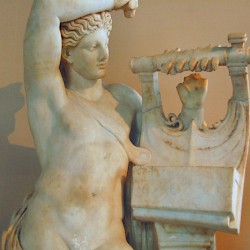 Miletus, Statue of Apollo |
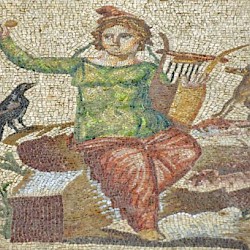 Miletus, Orpheus Mosaic |
